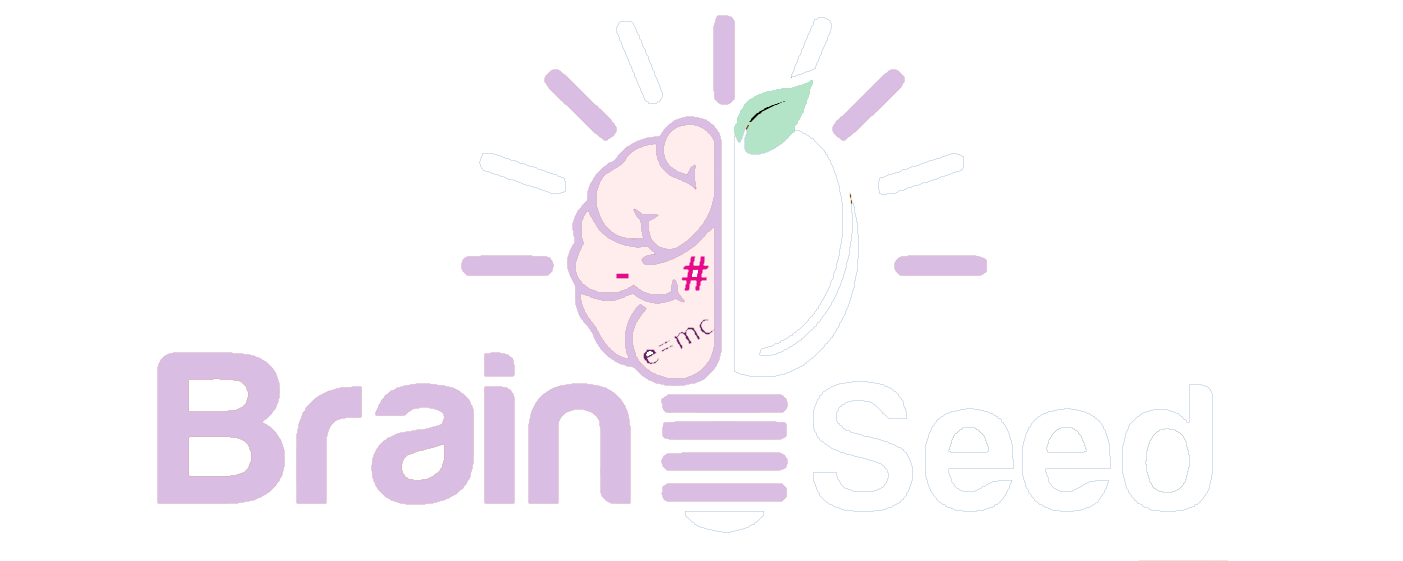What are the best strategies for teaching drama to students with limited language proficiency?
Teaching drama to students with limited language proficiency can be a challenging task, but with the right techniques, it can be a rewarding and enriching experience for both the students and the teacher. In this article, we will discuss some of the best strategies for teaching drama to students with limited language proficiency.
Utilize Visual Guides
Visual guides like pictures, diagrams, and videos can be a great way of helping students with limited language proficiency understand the concepts and ideas behind the drama. This will help them understand the context of the play and the emotions that the characters are experiencing. Additionally, visual guides can be used to demonstrate body language and gestures, which are important aspects of drama.
Simplify the Language
When teaching drama to students with limited language proficiency, simplifying the language as much as possible is important. This can be done by using shorter sentences, simple vocabulary, and avoiding complex grammatical structures. This will make it easier for the students to understand and follow along with the play.
Use Non-Verbal Communication
Non-verbal communication is a crucial part of drama, and it can be particularly helpful for students with limited language proficiency. Gestures, facial expressions, and body language can be used to convey meaning and emotion, even if the students do not understand the words being spoken. Additionally, non-verbal communication can be a great way of teaching students about the culture and customs of the characters in the play.
Incorporate Improvisation
Improvisation is a great way of engaging students with limited language proficiency in drama. It allows them to express themselves through body language and gestures, without the pressure of remembering lines. Improvisation can also be used to teach vocabulary and language, as students can practice incorporating new words and patterns in a playful and interactive way.
Provide Relevant Background Information
Providing relevant background information about the play can be incredibly helpful for students with limited language proficiency. This can include information about the culture and customs of the characters, the historical context of the play, and the themes and messages that the play is trying to convey. This will help the students understand the play on a deeper level and make it more meaningful for them.
In conclusion, teaching drama to students with limited language proficiency requires creativity, patience, and a willingness to adapt. By using visual guides, simplifying the language, using non-verbal communication, incorporating improvisation, and providing relevant background information, teachers can create an inclusive and engaging learning environment for all students.
Are you looking for a fresh and exciting way to engage your school’s drama program or your child’s creativity? Try YouTube drama! It’s a fun and modern way for students to create and perform in their own videos. YouTube drama is flexible, convenient, and can even reach a wider audience. Plus, it teaches valuable skills like video production, editing, and storytelling. Click here to learn more about how YouTube drama can benefit your school’s drama program.






